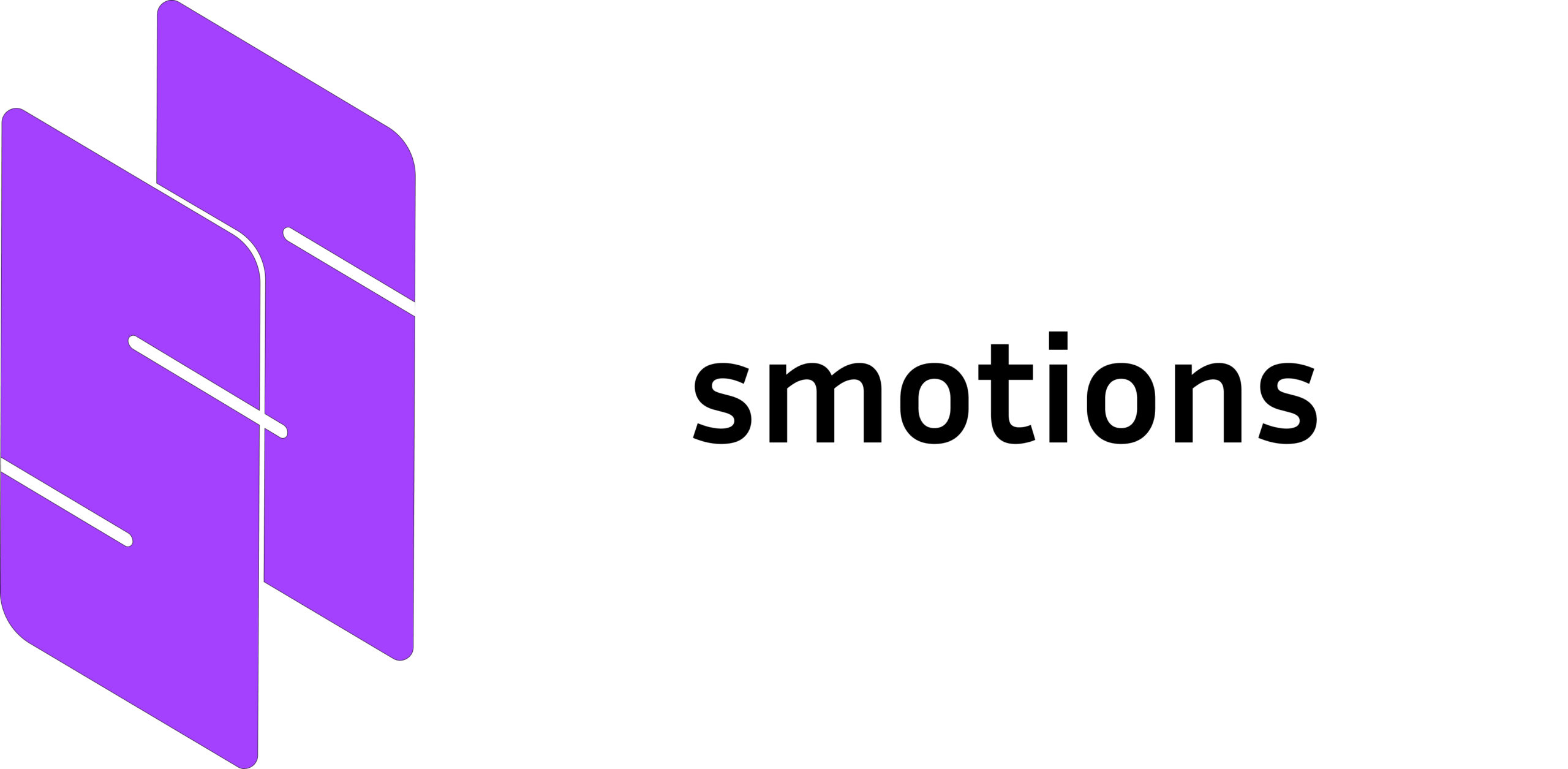Innovative treatment combines speech therapy with noninvasive brain stimulation, showing promise for primary progressive aphasia (PPA) and improving language skills.
Are you or a loved one struggling with declining language abilities? A new study offers hope through an innovative approach that combines traditional speech therapy with noninvasive brain stimulation. Researchers at the University of Arizona have developed a treatment using transcranial direct current stimulation (tDCS), a technique that applies a low electrical current to the brain via electrodes on the scalp. This method has shown significant promise in managing primary progressive aphasia (PPA), a neurological condition causing a gradual decline in language skills.
PPA, a relatively newly recognized condition in healthcare, currently lacks a cure or medication to halt its progression. Standard treatment involves speech-language therapy to maintain communication abilities. The Arizona team’s research, published in the
Journal of Speech, Language, and Hearing Research
